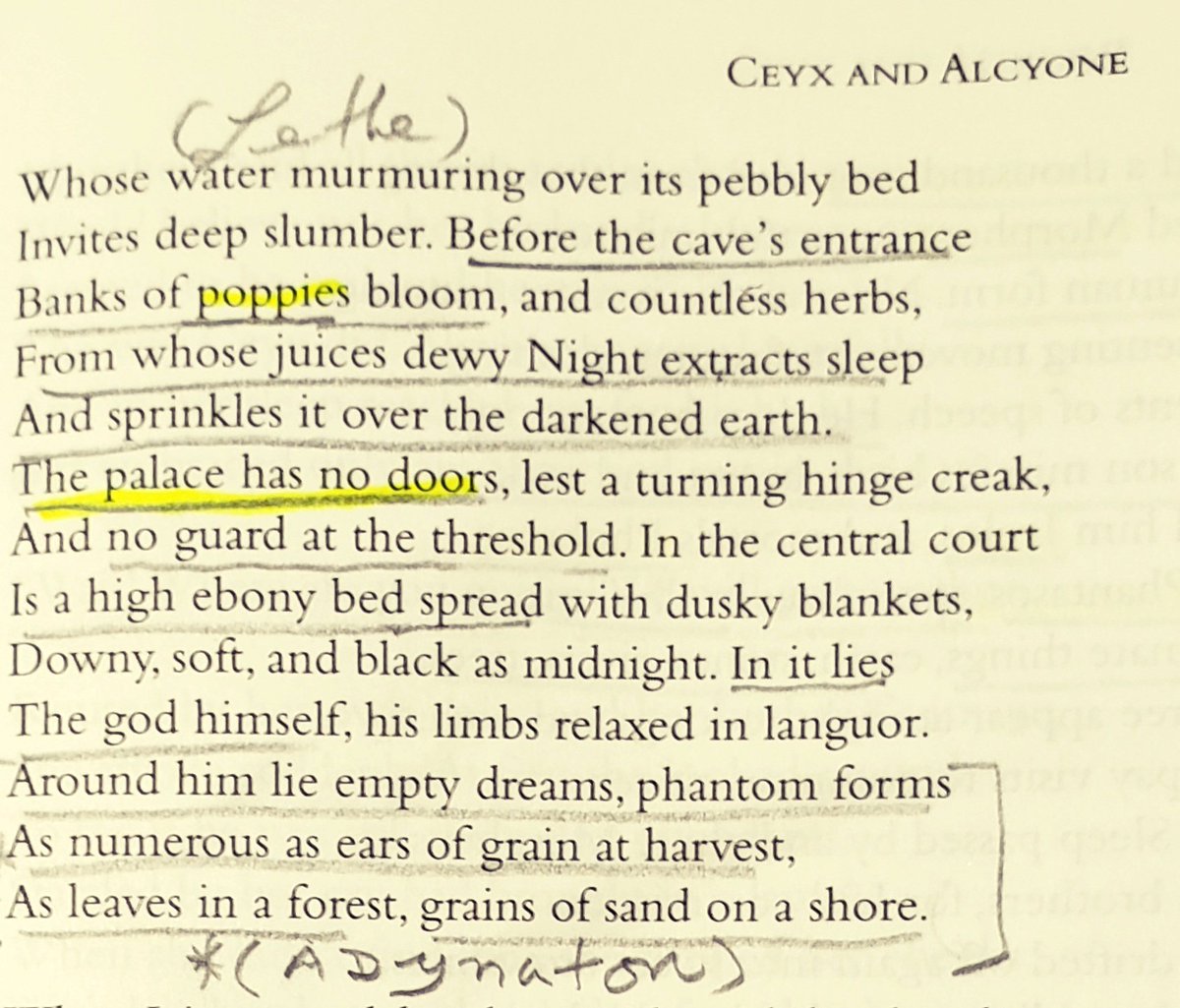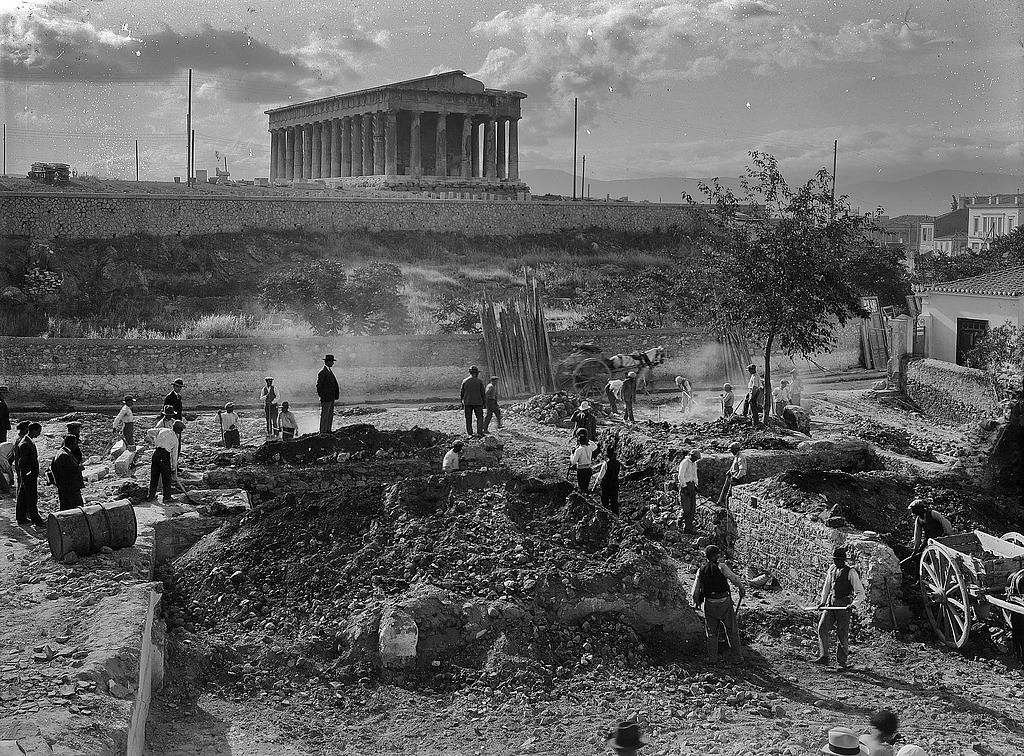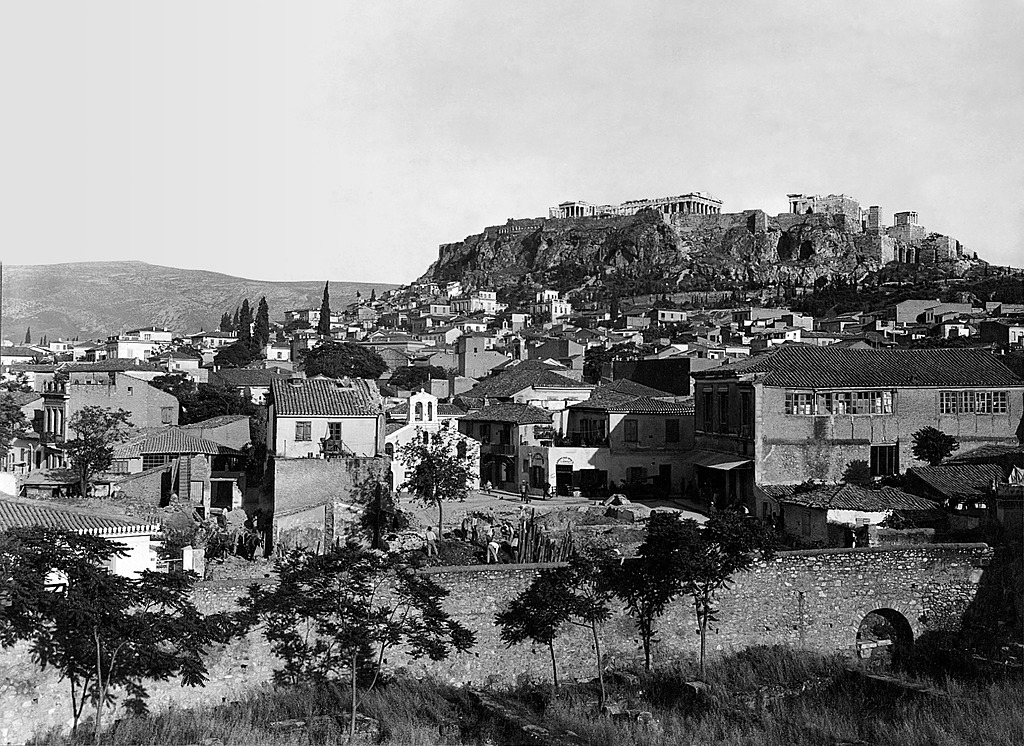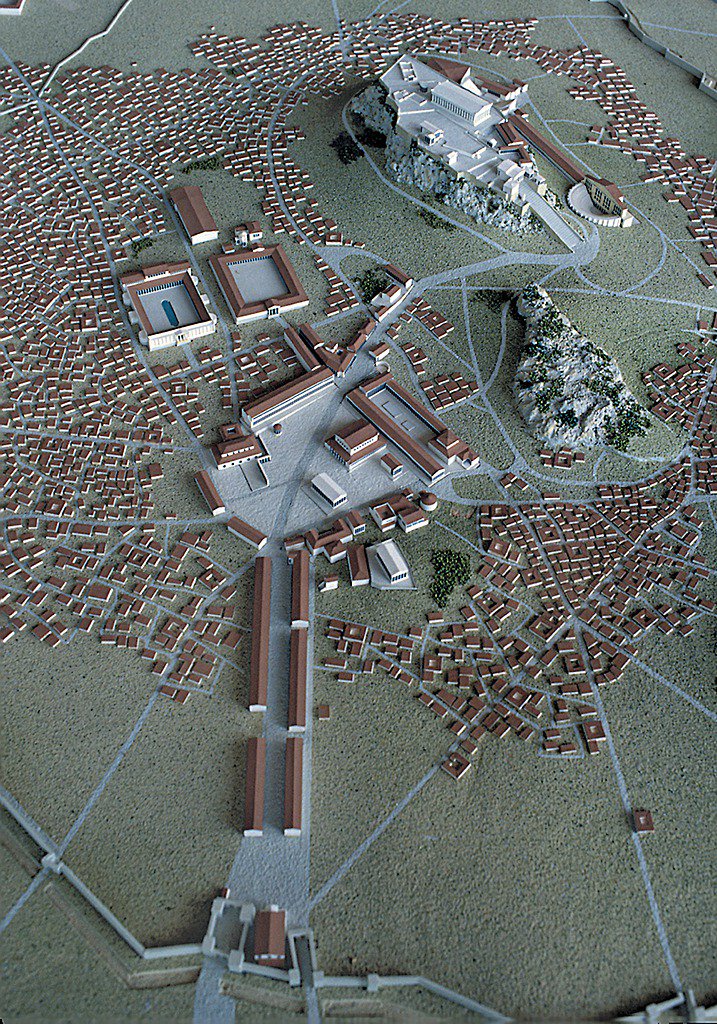
At the end of his life (375 BC), having reached a great age of 108 yrs, the sophist Gorgias was overcome by weakness gradually slipping into sleep.
When a friend asked how he was, Gorgias said: "Sleep (Hypnos) is now beginning to hand me over to his brother." (Death/Thanatos).
When a friend asked how he was, Gorgias said: "Sleep (Hypnos) is now beginning to hand me over to his brother." (Death/Thanatos).

This anecdote about the renowned rhetorician Gorgias (483–375 BC) was recorded by the Roman writer Aelian in his 'Varia Historia' (early 3rd c. AD)
Fragment of a marble grave stele; upper part depicting an old bearded man in relief-Greek c. 340-320 BC at British Museum [1]
Fragment of a marble grave stele; upper part depicting an old bearded man in relief-Greek c. 340-320 BC at British Museum [1]
Hypnos bronze statuette. In his right hand he carries a horn of sleep-inducing opium while in his left he holds poppy capsules.
Hypnos also has other attributes like a branch dripping with water from the river Lethe (forgetfulness) & an inverted torch signifying darkness.
Hypnos also has other attributes like a branch dripping with water from the river Lethe (forgetfulness) & an inverted torch signifying darkness.

Hypnos bronze statuette- 2nd century AD copy from a Greek original 4th c. BC -At Kunsthistorisches Museum, Vienna [1]
This bronze cista served as a constant reminder to the owner of the fleeting nature of her/his existence...
Bronze Cista [large jewelry box] handle: Hypnos & Thanatos Carrying off the Slain Sarpedon
ca. 400-375 BC- Etruscan-at Cleveland Art Museum.
Bronze Cista [large jewelry box] handle: Hypnos & Thanatos Carrying off the Slain Sarpedon
ca. 400-375 BC- Etruscan-at Cleveland Art Museum.

Nyx, "Night" & Erebus, "Darkness" were the parents of Hypnos,"Sleep" and Thanatos, "Death". Both Nyx & Erebus were offsprings of the first thing to exist, Chaos.
Hypnos' bronze winged head-Roman copy of a Hellenistic original at British Museum
Hypnos' bronze winged head-Roman copy of a Hellenistic original at British Museum

Metamorphoses Bk. XI, Ovid describes "The House of Sleep" where Somnus/Hypnos dwells:
A mansion within a cave, so deep sun's beams cannot pierced. There "muted silence dwells" (muta quies habitat) no sound can be heard, save the hypnotic murmuring of river Lethe (Forgetfulness)
A mansion within a cave, so deep sun's beams cannot pierced. There "muted silence dwells" (muta quies habitat) no sound can be heard, save the hypnotic murmuring of river Lethe (Forgetfulness)

Few days ago, I posted about Adynaton,“impossible thing” Classical figure of speech to express an impossibility when words seem to fail us.
Here Ovid uses it to compare countless dreams/phantoms in the House of Sleep as there are ears of grain, forest leaves & grains of sand.
Here Ovid uses it to compare countless dreams/phantoms in the House of Sleep as there are ears of grain, forest leaves & grains of sand.
I'd like to end this thread by quoting Homer who in the Iliad describes Hypnos as "lord over all mortal men and all gods" that is, not even the Olympian gods could resist Hypnos' sleep-inducing power.
• • •
Missing some Tweet in this thread? You can try to
force a refresh














